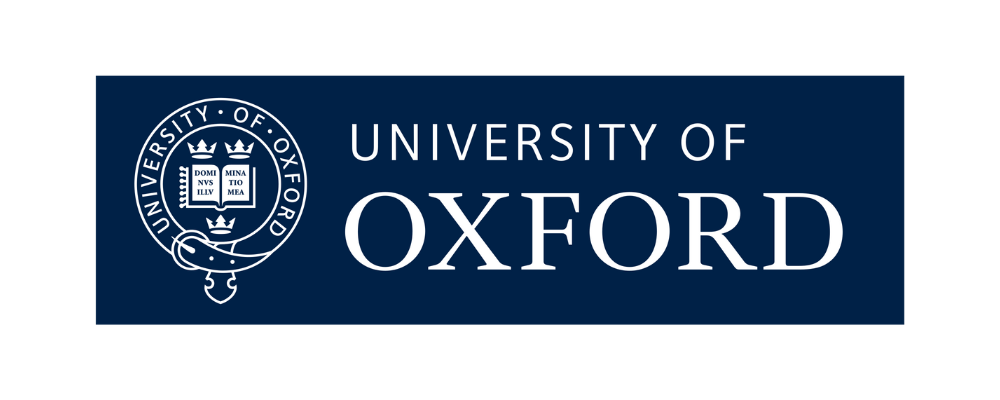
The University of Oxford has welcomed the Chancellor of the Exchequer’s approval to reopen the Cowley Branch Line, alongside £120 million in Government funding for the project. A further £35 million will be provided by the Ellison Institute of Technology (EIT) and other local stakeholders.
The line will deliver two new stations — Oxford Littlemore (serving Littlemore and The Oxford Science Park) and Oxford Cowley (serving Blackbird Leys and ARC Oxford) — connecting South Oxford’s communities and research campuses with the city centre, North Oxford and London Marylebone via the Oxford Parkway service. The scheme underpins the University’s strategy to support sustainable, inclusive local growth and the mobility of talent that makes Oxford a global innovation hub.
Professor Irene Tracey, Vice-Chancellor of the University of Oxford, said: ‘This investment reconnects people with opportunity – linking Blackbird Leys and Littlemore directly to jobs, skills and cutting-edge research across our innovation ecosystem. It’s good for inclusive growth, good for sustainable transport, and good for the UK economy.
‘The Cowley Branch Line will stitch together our science parks, hospitals and new cultural spaces so that ideas, researchers and local residents can move more easily across our city – and out to London – every day. As Oxford accelerates initiatives like the Oxfordshire Strategic Innovation Taskforce, today’s decision is a practical step toward the inclusive, sustainable and fair prosperity we want to see for our communities.’
This investment reconnects people with opportunity – linking Blackbird Leys and Littlemore directly to jobs, skills and cutting-edge research across our innovation ecosystem. It’s good for inclusive growth, good for sustainable transport, and good for the UK economy.
Professor Irene Tracey, CBE, FRS, FMedSci.,
Vice-Chancellor of Oxford University
Lisa Flashner, Chief Operating Officer of the Ellison Institute of Technology, said: ‘We’re delighted to hear the Cowley Branch Line will be reopened to passenger traffic. It’s a great example of what can happen if government and the private sector join forces and both contribute to a common goal. It will help us attract world-class talent to EIT by linking up key innovation hubs with Central London via direct train services. It will also facilitate a closer alliance between EIT and Oxford University with faster journey times.’
The Chancellor of the Exchequer, Rachel Reeves, said the Cowley Branch Line formed a key part of the Government’s plan to unlock growth through infrastructure investment. She said: ‘Oxford and Cambridge are home to the two of the best universities in the world, two of the most intensive innovation clusters in the world, and the area is a hub for globally renowned science and technology. Yet thanks to years of underinvestment, they still lack the public transport, affordable housing, and infrastructure they need. That changes under this government.
‘We have massive ambitions for the Oxford-Cambridge corridor, that’s why we’re reopening the Cowley Branch railway 60 years after it closed, why we’re building more affordable housing and investing in business, and how we’ve been able to unlock £10 billion in private investment. By choosing investment and renewal over chaos and decline, we’re boosting growth and building an economy that works for working people.
The two new stations are part of a wider growth plan: The University convened the Oxfordshire Strategic Innovation Taskforce (OSIT) to shape a shared plan for inclusive economic growth, unlocking investment and talent for the region. With the opening of the Cowley Branch Line, Oxford Littlemore station will connect local residents and The Oxford Science Park; Oxford Cowley will connect Blackbird Leys and ARC Oxford, improving public transport access to high-quality jobs and training and easing congestion.
The reopening of the Cowley Branch Line comes as part of a wider investment package in the Oxford Cambridge Growth corridor, with the government announcing over £500 million investment for new homes, infrastructure and business space for the Oxford to Cambridge Growth Corridor Ellison Institute of Technology, have also announced a £10 billion expansion into science and technology as part of their expansion plans for their Oxford base and putting Oxford at the forefront of global scientific research.
Innovation landmarks and partnerships
Oxford and its colleges are expanding Oxford’s research and enterprise space, including Oxford North (St John’s College) and The Oxford Science Park (Magdalen College), reinforcing local jobs and mobility. The University has strategic partnerships that have seen the launch of major new research centres which are flagship assets for discovery, skills and public culture. The Life and Mind building was developed and funded by Legal &General and has been delivered through the Oxford University Development (OUD) partnership – a £4 billion joint venture between Oxford University and Legal & General delivering academic and research facilities, alongside housing and associated infrastructure. The Stephen A. Schwarzman Centre for the Humanities is a world-class centre for the arts and humanities and cultural campus.
Global health, prosperity and economic benefit
Independent analysis by London Economics estimates Oxford’s total UK economic impact at £16.9 billion in 2021-22, including £9.9 billion from research and knowledge exchange, with 162 spinouts supported – the highest of any UK university.
The Oxford – AstraZeneca vaccine is estimated to have saved over 6 million lives in its first year, with a £2 trillion global economic benefit. Recent spinout successes include Oxford Ionics(agreement to be acquired for c.$1.075bn) and OrganOx (agreement to be acquired for $1.5bn), illustrating Oxford’s high-growth pipeline.
“The University of Oxford is a collegiate research university in Oxford, England. There is evidence of teaching as early as 1096, making it the oldest university in the English-speaking world and the world’s second-oldest university in continuous operation.”
Please visit the firm link to site



